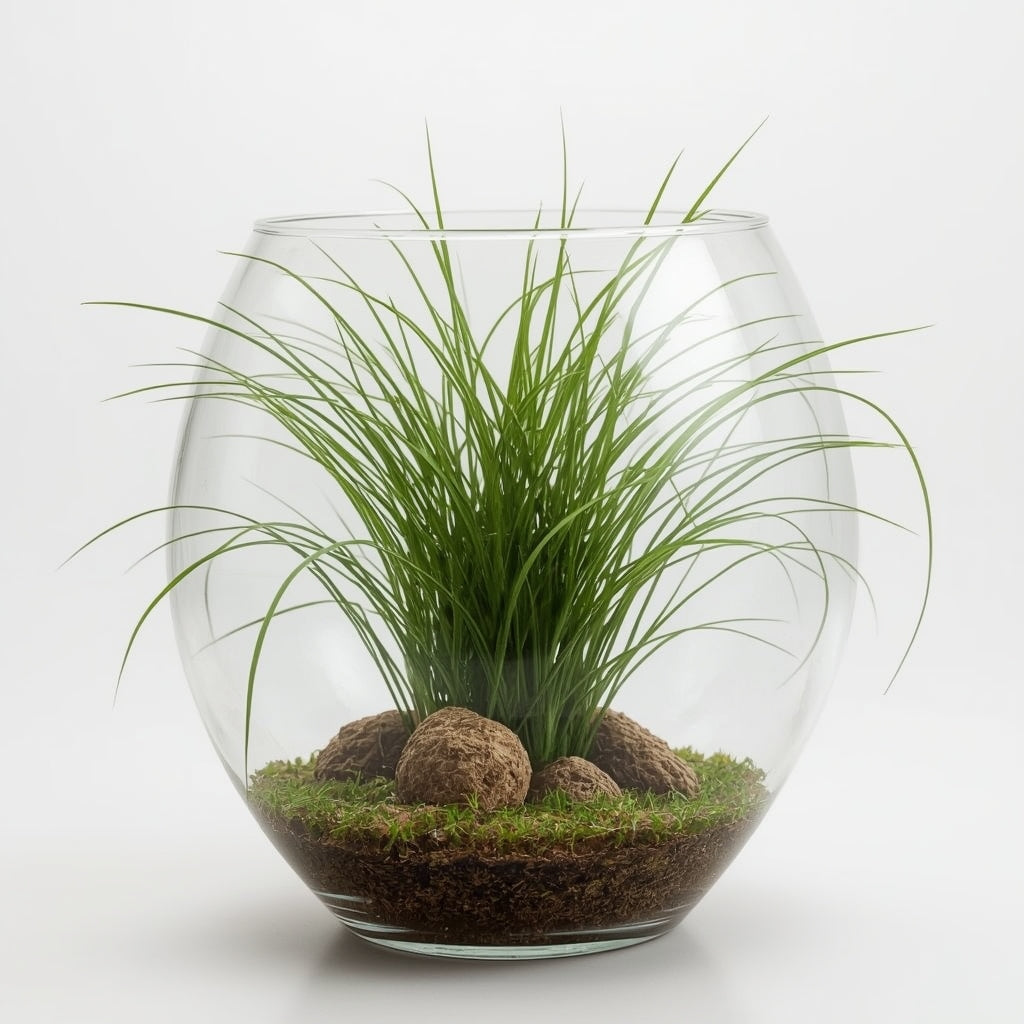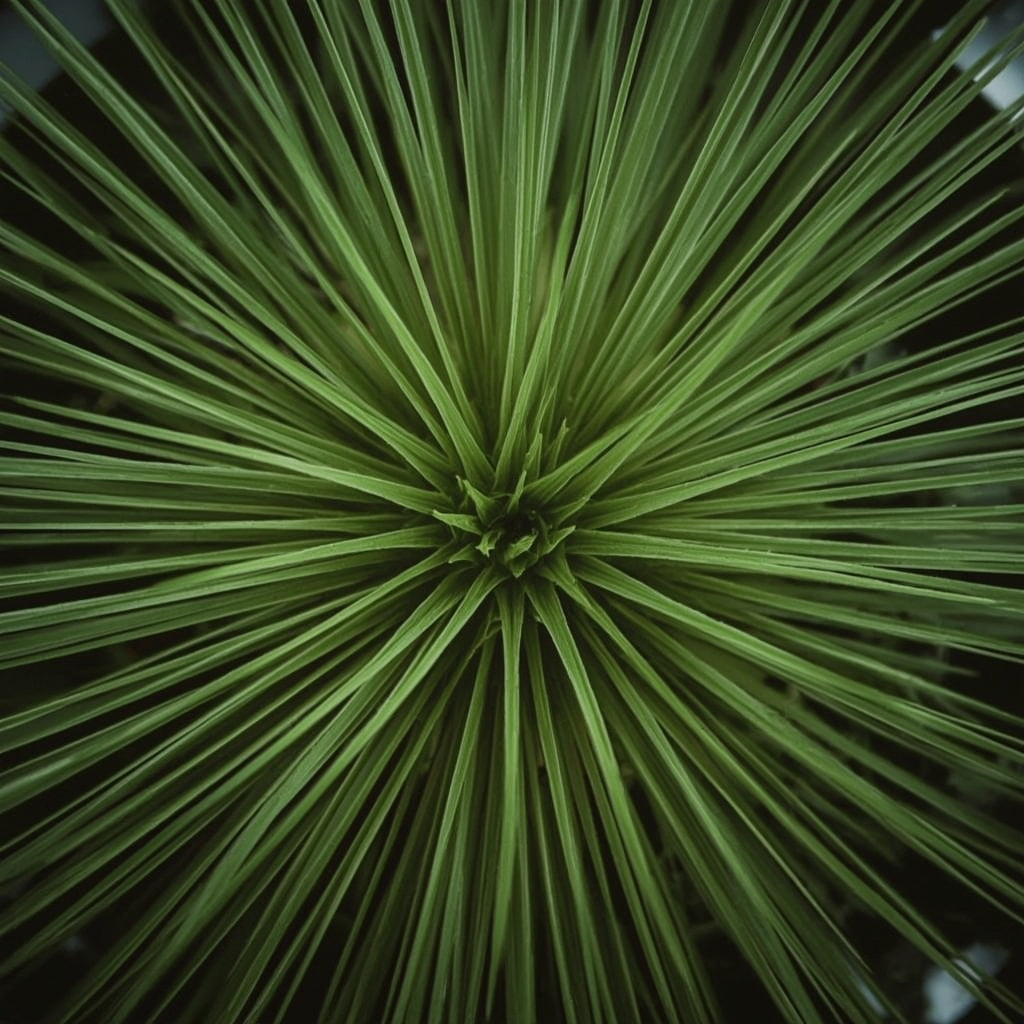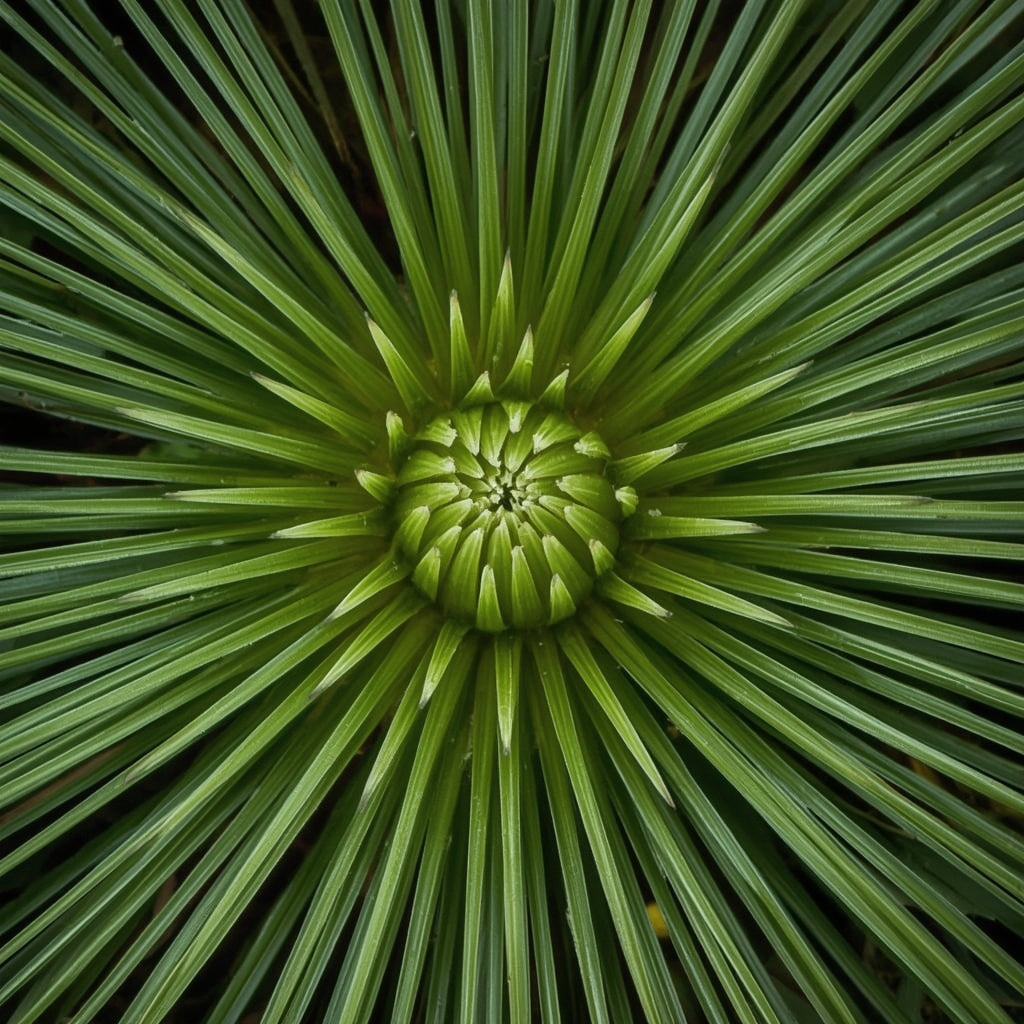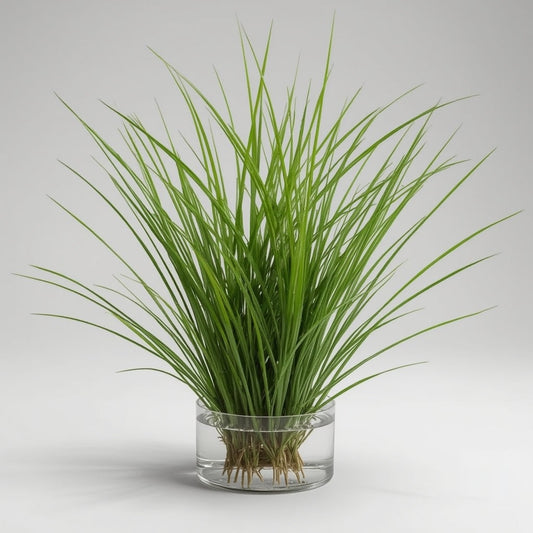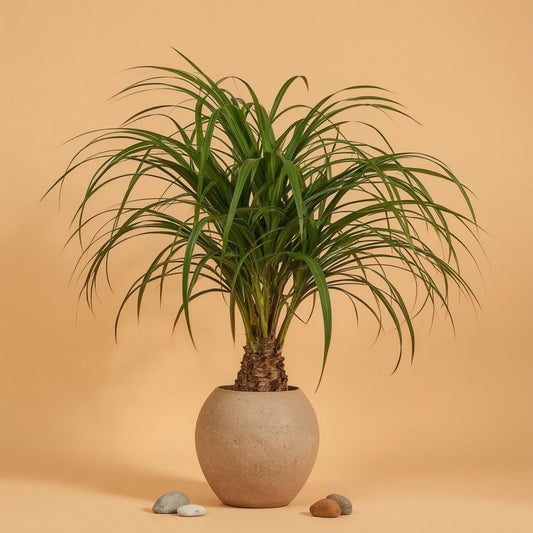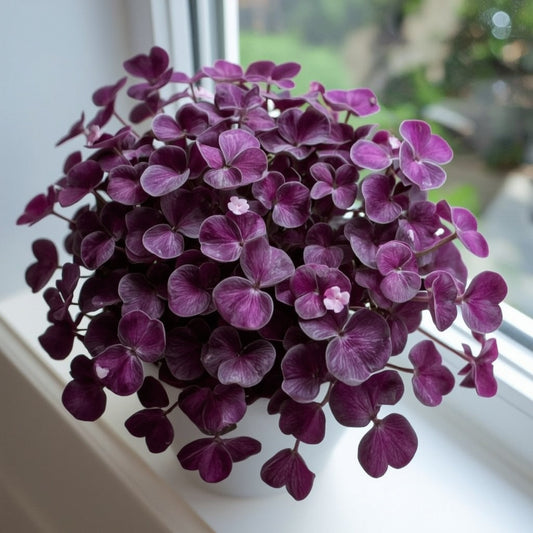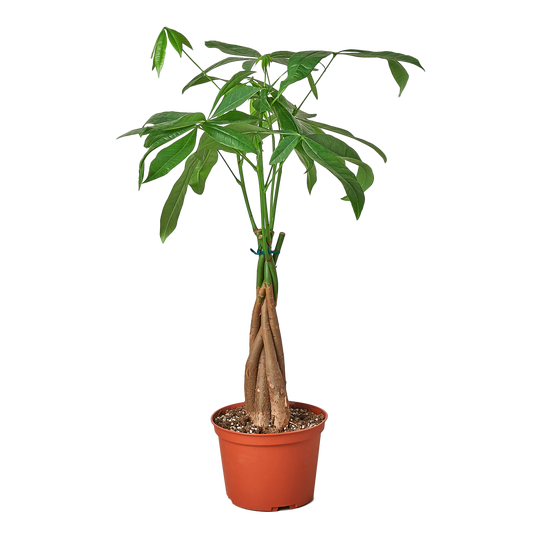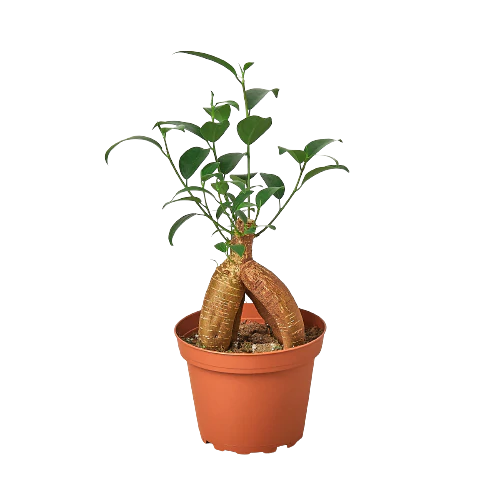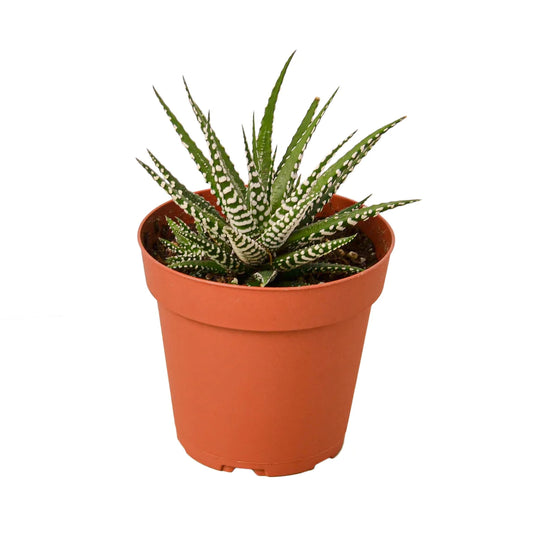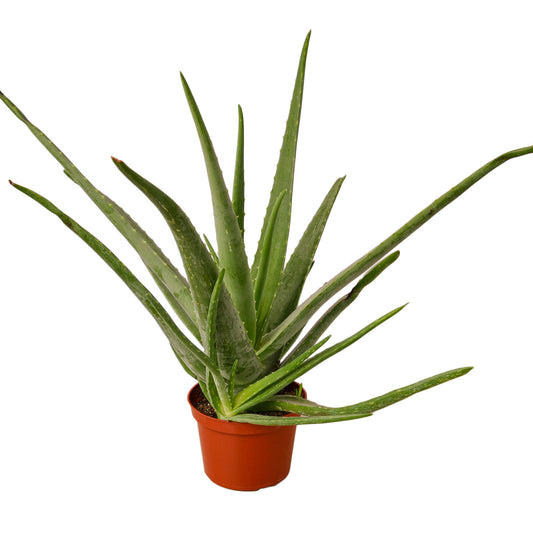Quillwort: Unique Grass-Like Aquatic Beauty Indoors
Plant Care Summary
Light
Bright, indirect light; can tolerate lower light in terrarium setups.
Water
Constantly moist to submerged; thrives in aquatic or bog conditions.
Humidity
Very high humidity (70-90%); ideal for terrarium environments.
Temperature
65–75°F (18–24°C), prefers stable temperatures without fluctuations.
Fun Facts
Living fossil
Unchanged for over 300 million years since prehistoric times.
Aquatic adaptation
Can grow fully submerged or in boggy terrarium conditions.
Unique reproduction
Produces spores instead of flowers or seeds.
Geometric beauty
Leaves form perfect radial patterns from central crown.
Sad Plant Signs
Brown leaf tips
Usually indicates low humidity or inconsistent moisture.
Yellowing leaves
Often caused by insufficient light or poor water quality.
Stunted growth
May need higher humidity or more consistent aquatic conditions.
Leaf rot
Can result from poor water circulation or stagnant conditions.

